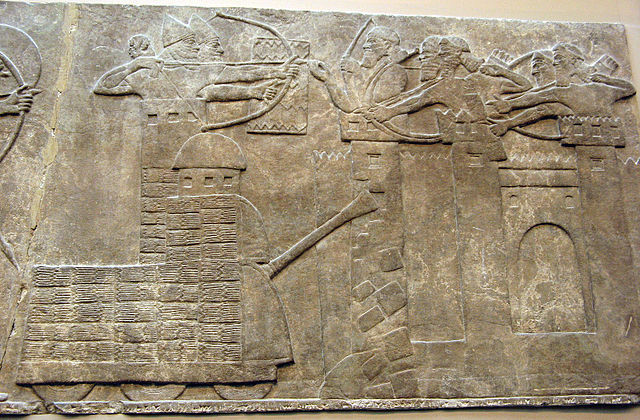Pingyao, officially Pingyao Ancient City, is a walled city in central Shanxi, China, famed for its importance in Chinese economic history and for its well-preserved Ming and Qing urban planning and architecture. Administratively, it comprises the town of Gutao in Pingyao County, Jinzhong. According to the seventh Chinese census data, the permanent resident population of the county is 450,697. Compared with the 502,712 people in the sixth national census in 2010, it has decreased by 52,015 people in ten years, a decrease of 10.35%, and the average annual growth rate is -1.09%.
Pingyao
Aerial panorama of the town
Market Tower, constructed in 14th century
Pingyao's Confucius Temple
A defensive wall is a fortification usually used to protect a city, town or other settlement from potential aggressors. The walls can range from simple palisades or earthworks to extensive military fortifications with towers, bastions and gates for access to the city. From ancient to modern times, they were used to enclose settlements. Generally, these are referred to as city walls or town walls, although there were also walls, such as the Great Wall of China, Walls of Benin, Hadrian's Wall, Anastasian Wall, and the Atlantic Wall, which extended far beyond the borders of a city and were used to enclose regions or mark territorial boundaries. In mountainous terrain, defensive walls such as letzis were used in combination with castles to seal valleys from potential attack. Beyond their defensive utility, many walls also had important symbolic functions – representing the status and independence of the communities they embraced.
9th century BC relief of an Assyrian attack on a walled town
The lakeside wall of the Yueyang Tower, Yuan dynasty
Medieval defensive walls and towers in Szprotawa, Poland, made of field stone and bog iron
Dangjin-myeoncheon-eupseong (唐津沔川邑城)








